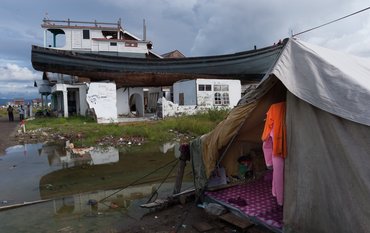Prof. Yuri Shprits argues in “Nature Physics” for a stronger coordination between Space Agencies in Europe and within the research field of physics of our solar system including terrestrial and planetary magnetospheres and ionoshperes.
Space agencies are investing a significant part of their budgets to the study of the solar system and processes within the solar system including magnetospheres and ionospheres of the Earth and planetary systems. This field has become known as Heliophysics. This is important not only for basic research, but also for safeguarding critical infrastructure in space and on Earth as the varying influx of solar particles can disrupt or destroy satellites, global navigation systems, power grids and other infrastructure. It may also present danger to humans in space.
However, national borders, differences in national funding schemes and institutional compartmentalization separate researchers from different countries and even different subfields of the research on physics of our solar system. “Heliophysics addresses critical societal issues, including advancements in space weather applications,” writes Yuri Shprits, head of the section “Space Physics and Space Weather” at GFZ German Research Centre for Geosciences, in an opinion piece in the journal “Nature Physics”.
He sees improving communication and coordination between ongoing and upcoming missions in Europe and worldwide as a key challenge in the heliophysics community. „We urgently need a more robust dialogue within the heliophysics community across research groups that focus on the ionosphere, magnetosphere, solar wind and the Sun,” says Yuri Shprits.
Although some positive examples exist, e.g., between the European Space Agency (ESA) and the National Aeronautics and Space Administration (NASA) to explore Saturn with Cassini–Huygens, they are not the norm. “Joint calls for missions, such as for the upcoming SMILE (Solar wind Magnetosphere Ionosphere Link Explorer) mission — a joint ESA and Chinese Academy of Sciences (CAS) project — are rare,” writes Shprits.
To rectify this situation, Shprits proposes the formation of a European heliophysics community, focusing on understanding the near-Earth space environment. A key aspect of this community would be facilitating coordinated mission planning and science exploring the Sun–solar wind–magnetosphere–ionosphere system. This should happen between Space Agencies of European Countries. “Agencies should allocate a budget dedicated to collaboration, enabling them to make contributions to missions spearheaded by other space agencies,” argues Yuri Shprits. He adds: “There should also be dedicated calls for collaborative missions that are jointly reviewed by different space agencies.”
A strong European heliophysics group, ideally within a legal framework like an international non-profit organisation, could bring scientists together. They could meet regularly, support early-career researchers, and help improve the availability of mission data with unified metadata standards and codes in heliophysics.
Original study: Shprits, Y.Y. We need to talk about heliophysics. Nat. Phys. (2025). https://doi.org/10.1038/s41567-025-02851-7

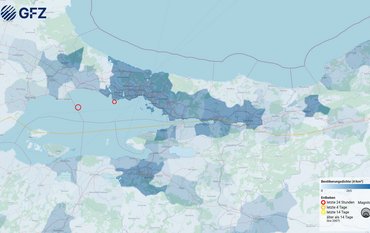




![[Translate to English:] Map Myanmar](/fileadmin/_processed_/b/4/csm_20250328-1300-Slider-01_EarthquakeExplorer-GFZ_da0a9ba102.jpeg)

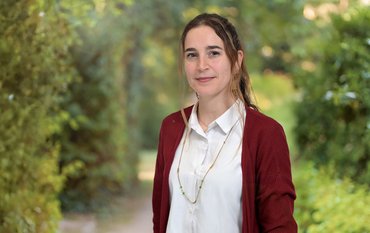
![[Translate to English:] A painted, open book from which various contents fly up, with the words “Open Science Day 2025” above it](/fileadmin/_processed_/e/e/csm_20250325_Open-Science-Say-2025_-c-pengzphoto-adobe_43fc9b32de.jpeg)
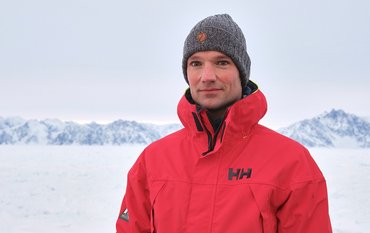
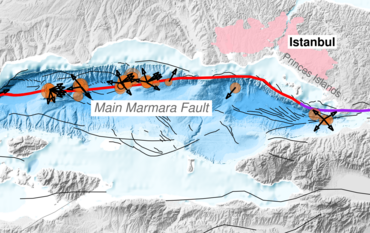

![[Translate to English:] Portrait von Philipp Weis](/fileadmin/_processed_/9/8/csm_Weis-Phillip_-c-Michael-Bahlo_d7f6b4f946.jpeg)


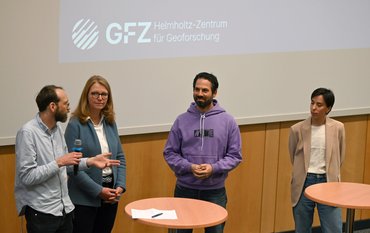
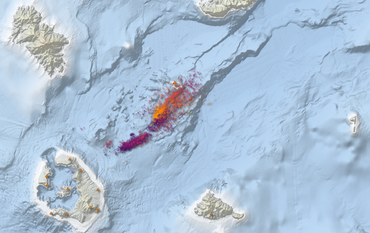
![[Translate to English:] Portrait Prof. Warner Marzocchi](/fileadmin/user_upload/Warner_Marzocchi.jpg)
![[Translate to English:] [Translate to English:] Portrait Johann Komusiewicz](/fileadmin/_processed_/0/4/csm_Johann_Komusiewicz_schwarzer_Rahmen_b9c0619756.png)


![[Translate to English:] Fire in a forest, smoke rising, aerial view from above](/fileadmin/_processed_/8/3/csm_2025_01_06_AdobeStock_415831729_5a0e6d50d3.jpeg)

